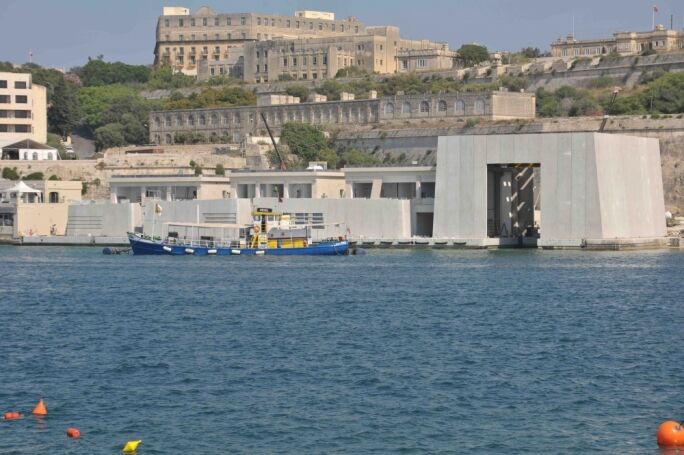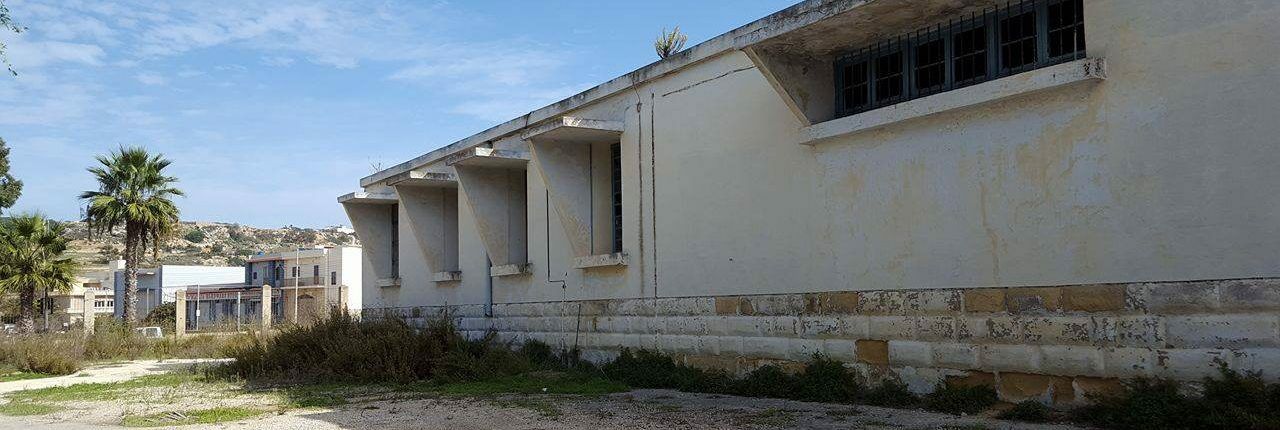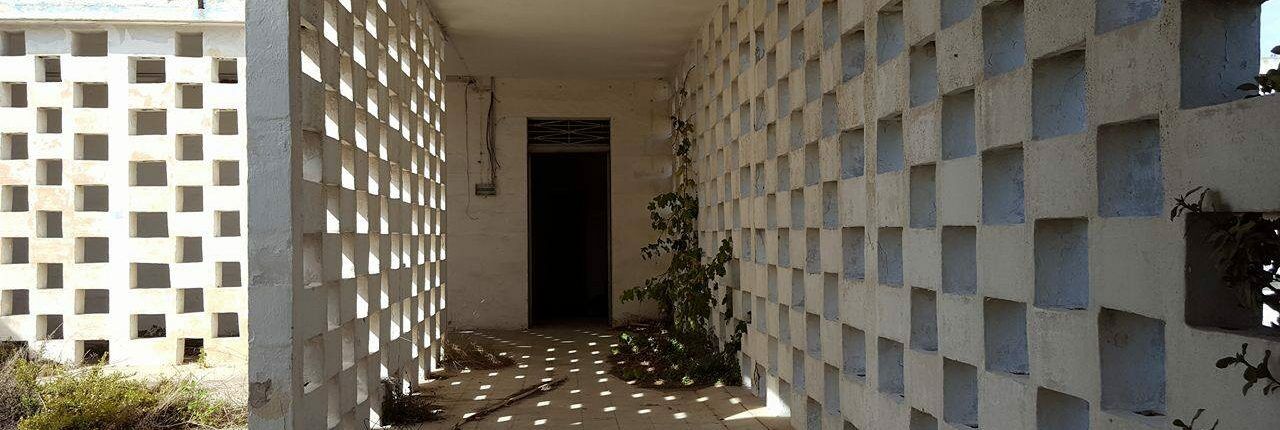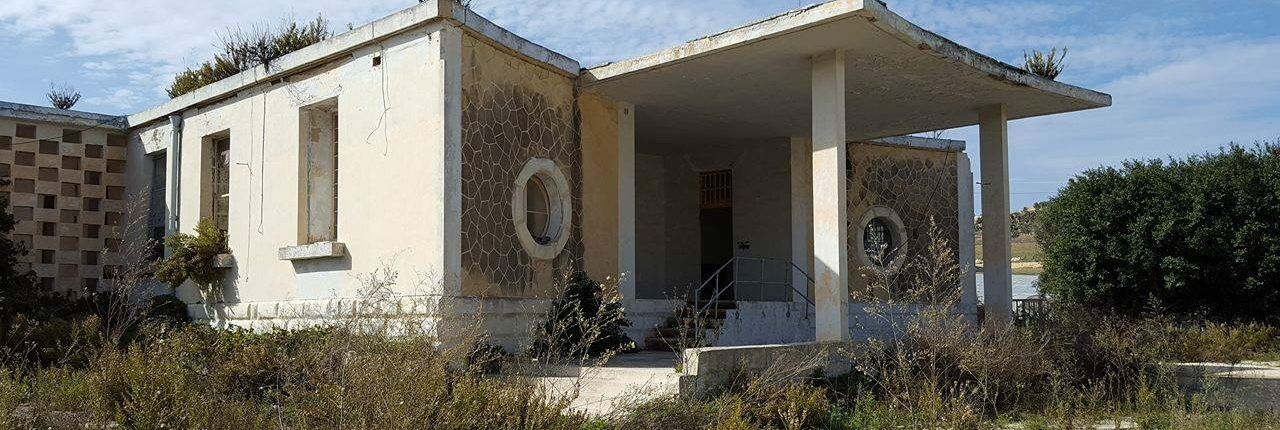KTP writes to Minister Bonnici re SCH
The Kamra tal-Periti has written to Minister Owen Bonnici regarding his parliamentary speech on the budget estimates of the Superintendence of Cultural Heritage. In its letter, the Kamra has acknowledged that the statistics indicating an increase in the volume of planning applications processed by the SCH has increased from 1,099 in 2015 to 5,412 in 2016.
The Kamra pointed out, however, that the statement was “misleading in that the increase is a result of the new legislation which requires the SCH to assess each and every application for development permission, irrespective of its impact on cultural heritage matters. Prior to the demerger, the SCH only had to deal with those applications that posed a clear and direct threat to our heritage, whereas now it has to assess even the most trivial of applications, thus impacting heavily on its workload.”
The letter states that while the Kamra agrees that in a country as small as ours, many types of development may impact on our village cores and architectural and cultural heritage, we are now in a situation where the SCH is overloaded with applications to assess, to the extent that it is failing to keep up even with those applications that should fall within its direct remit.
The Kamra insisted that the SCH should be given sufficient resources to fulfill its remit and deal with “the immense workload it is faced with on a daily basis”, pointing out that the MEPA demerger has effectively weakened the SCH rather than strengthen it.
KTP offered to meet with Minister Bonnici to discuss the matter in greater depth so that the problems afflicting the SCH may be urgently addressed.






You must be logged in to post a comment.